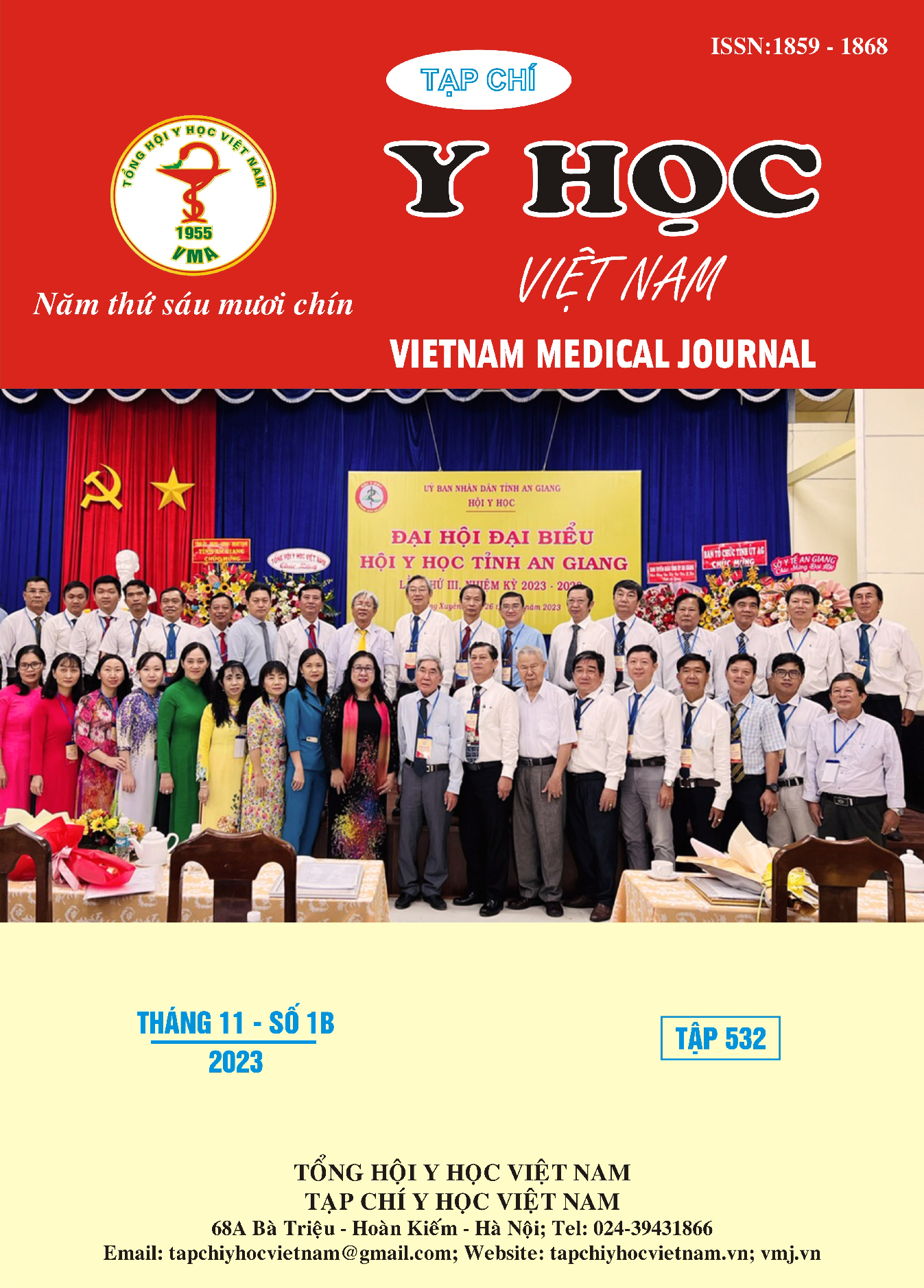NURSE BULLYING IN THE WORKPLACE AND SOME INFLUENCING FACTORS AT UNIVERSITY MEDICAL CENTER IN HO CHI MINH CITY
Main Article Content
Abstract
Objectives: Describe the state of bullying among nurses in the workplace and examine the influencing factors on this state at University Medical Center in Ho Chi Minh City (UMC). Research Methods: A cross-sectional descriptive approach, combining quantitative and qualitative methods, the Negative Acts Questionnaire-Revised (NAQ-R) was used in this study with a sample size of 220 nurses. In-depth interviews were be conducted with 10 nurses and 05 representatives leaders. Result: The prevalence rate of workplace bullying (WPB) among nurses at UMC was 40.4%. Among them, 31.8% experience bullying in the early stages, and 8.6% identified as victims of bullying behaviors. Job-related bullying was the most common, followed by bullying related to interpersonal relationships, and then physical bullying. Misunderstanding, poor communication, and inadequate management policies in the workplace were identified as the main causes of WPB. Conclusion: The findings suggest that the hospital needs to propose a reward-penalty policy related to WPB. It is also necessary to train in communication skills, and soft skills for handling situations when faced with bullying; ensure confidentiality and fairness in receiving information; organize awareness-raising campaigns about the role of nurses and inappropriate behavior in the healthcare environment.
Article Details
Keywords
workplace bullying, NAQ-R, Ho Chi Minh City University Medical Center.
References
2. Bernardes MLG, Karino ME, Martins JT, Okubo CVC, Galdino MJQ, Moreira AAO. Workplace violence among nursing professionals. Revista brasileira de medicina do trabalho. 2020;18(3):250.
3. Einarsen S, editor The Negative Acts Questionnaire: Development, validation and revision of a measure of bullying at work. Proceedings of the 10th European Congress on Work and Organisational Psychology, Prague, May 2001; 2001
4. Petrović IB, Vukelić M, Čizmić S. Rocking at 81 and rolling at 34: ROC cut-off scores for the negative acts questionnaire–revised in Serbia. Frontiers in Psychology. 2017;7:2058
5. Lever I, Dyball D, Greenberg N, Stevelink SA. Health consequences of bullying in the healthcare workplace: a systematic review. Journal of advanced nursing. 2019;75(12):3195-209
6. Serafin LI, Czarkowska-Pączek B. Prevalence of bullying in the nursing workplace and determinant factors: a nationwide cross-sectional Polish study survey. BMJ open. 2019; 9(12):e033819
7. Al-Surimi K, Al Omar M, Alahmary K, Salam M. Prevalence of workplace bullying and its associated factors at a multi-regional saudi arabian hospital: a cross-sectional study. Risk management and healthcare policy. 2020:1905-14
8. Al-Ghabeesh SH, Qattom H. Retraction Note to: Workplace bullying and its preventive measures and productivity among emergency department nurses
9. L‐Sagarat A, Qan'ir Y, AL‐Azzam M, Obeidat H, Khalifeh A, editors. Assessing the impact of workplace bullying on nursing competences among registered nurses in Jordanian public hospitals. Nursing forum; 2018: Wiley Online Library.


